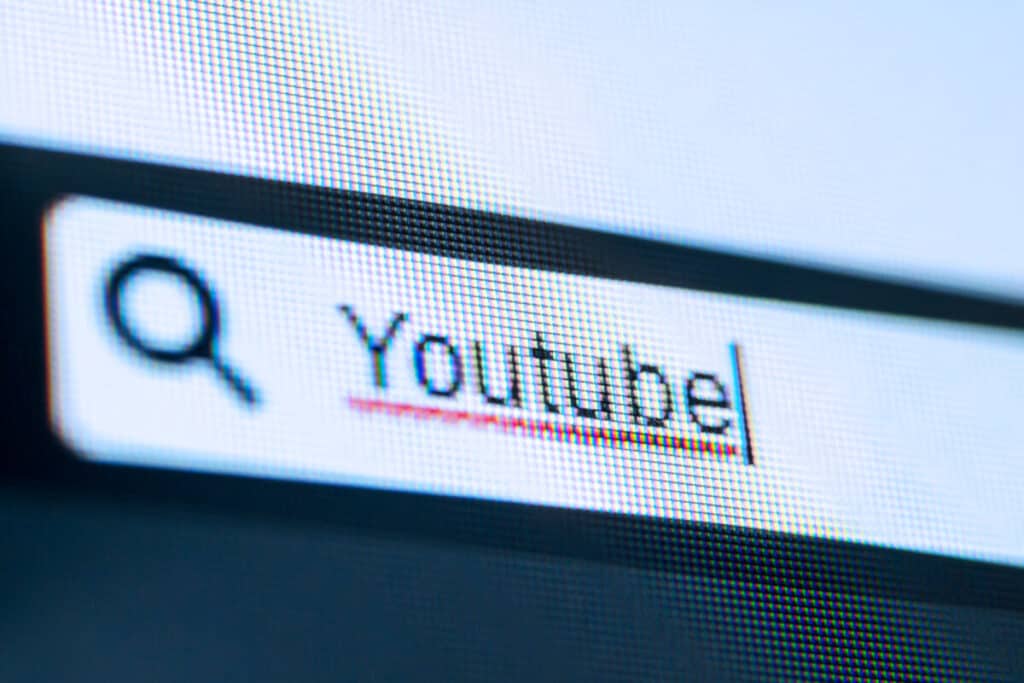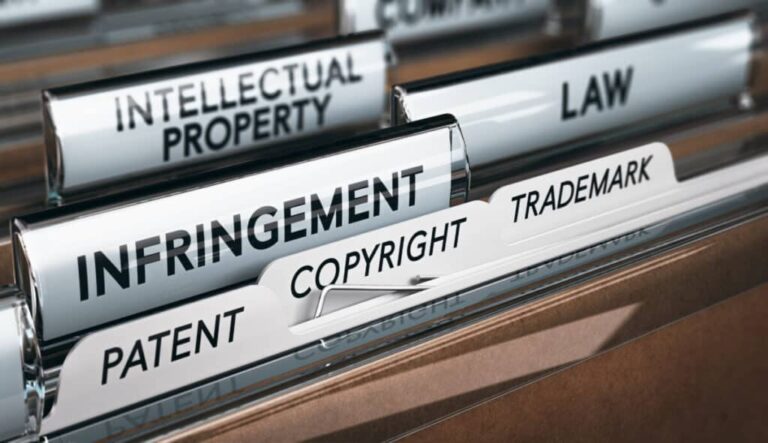Having your own YouTube channel appeals to a lot of people. It is fun to create and share videos, and it can also be a money-making opportunity. Setting up the perfect channel can be intimidating if you haven’t done it before, but it actually quite simple.
Setting up a successful YouTube channel requires creating a new channel using an existing Google account, customizing the channel as needed, and uploading videos. Refining brand image, understanding the YouTube algorithm, and paying attention to analytics will increase success.
Keep reading to learn exactly how to create a channel, and how to build up that brand new channel into something successful.
1. Create a Channel
The process for creating and setting up a new YouTube channel is actually quite simple, quick, and easy.
To create a brand new channel on YouTube, you first need to be logged in. YouTube works through your Google account, so make sure you are logged into the right one if you have multiple accounts that you use. Whatever account you are logged into on the Google web browser before you open up YouTube should be the same account that automatically connects to YouTube when you open up the site.
When you open up youtube.com, check the top, right-hand corner to ensure that you are logged in with the right account. You should see a small circle to the right of the bell icon that has your Google profile picture. If you are not logged into Google, there will be a “log in” button instead that you can click to connect your account.
If you want to use a different Google/YouTube account than the one currently logged in, you can click on the profile picture, select “log out” from the dropdown menu, and then log in with the account you want to be associated with your new channel.
Once you have the right account logged in, you can actually create your channel. Click on your Google profile picture to see a drop-down menu. At the top of the menu, you will see the option to create a channel. When you click on it, a box will pop up with the name and picture that YouTube got from your Google account. At this point, or later, you can choose what name and picture you want to be on your new channel. If you’re not sure at this point, you can always switch it up later.
After confirming your name and photo, you have a brand new channel! It’s going to look pretty plain and sparse, but you will fix that in the next steps.
2. Customize Your Channel
When looking at your channel, you should see a big blue button near the top of the screen that says “customize channel”. Clicking the button will take you to the YouTube creator’s studio where you can really start making your channel look how you want.
A lot of customization can be done before you start uploading videos, but you will also want to return to this step frequently throughout the creation of your channel. Once you have videos, you can use the “layout” tab to add a trailer, feature certain videos, and create playlists within your list of videos for your followers to check out.
The “branding” tab is where you can change your profile picture if you didn’t do that already. If you have any sort of logo or image associated with your channel, you can add a watermark and a banner image. This will make your channel look so much better and will help with branding as well.
The “basic info” tab will let you change your name. It also has a space for you to add a channel description, contact info, and links. You will definitely want to fill out the basic info tab as part of setting up a successful channel. The description will help attract new watchers and subscribers.
3. Break the Barrier – Upload Videos
You now have the basic skeleton of a channel, but you obviously don’t want to stop there. The rest of these steps will take your channel from bare-bones and turn it into something more real and successful.
The video above details out a successful system for creating an established YouTube channel that can even become a source of income.
Creating videos is basically the whole premise of a YouTube channel, but lots of new creators get stuck at this step. It can be tempting to do all the research and come up with the perfect idea before you start filming, but you need to break the barrier. Just start recording and uploading! Your first few videos do not have to be perfect, just start putting yourself out there.
You should record 12-20 videos before you start worrying about researching your topic, studying analytics, or curating the perfect-looking channel page. Recording, editing, and publishing videos will help you get past the “analysis paralysis” that seems to slow down and even stop a lot of new YouTubers.
This step is important even if you are already comfortable publishing videos on another channel or platform. Make 12-20 videos specifically for this new channel with any knowledge you already have on the channel topic, no extra research or work.
4. Refine Ideas and Clarify Channel Identity

After you have published plenty of videos and broken the intimidation barrier, you can dive into some research. The goal of this step is to really refine what space your channel is going to occupy on YouTube.
To make sure there is space for your channel concept, look into other similar channels that already exist. Are there a lot of channels that are similar to yours? Which ones are successful and what do they have in common? Are there any failing channels? Make sure that the focus of your channel is a fit for you, as well as a good fit for YouTube.
You might want to slightly adjust your niche, or add something unique in contrast to other similar creators. Learn from other people’s mistakes and find ways to replicate their success.
Studying other channels can give you insight into what types of videos are successful or not. In these early stages, you can also do some of your own testing. Pay attention to which ideas are more and less successful on your channel to help create a customized formula for creating successful videos specifically for your niche. You should create about another 20 videos during this step as well. You want plenty of data to help you curate a pattern that leads to engagement.
You want to give the YouTube algorithm clear information about your channel so it knows exactly what you are all about. The algorithm can then be much more successful in matching you up with an interested audience. The algorithm can work for you, as long as it has the information it needs. Things like the channel description and keywords in videos titles will make it more clear what your target audience is.
5. Develop Core Skillsets
This step is crucial. There are certain skills that can make or break a channel. Again, spend at least 20 videos learning and practicing these skills.
One of the most important skills is on-camera presence. Using body language and facial expressions effectively is a skill that practically everyone can improve on. Find the right balance of being animated and compelling without being so far overboard that you seem strange and fake. Study your own videos after recording, and enlist the help of friends and family to give you some honest feedback about your screen presence.
Not all YouTubers are actually showing their body or face on-screen during videos. Whether or not viewers can see you, you need to have an interesting and engaging presence. Own the space in your video with your tone and inflection to create additional interest.
Another important video creation skill is recognizing which video ideas and titles will have high engagement. Checking out other videos, as well as studying the videos you produce during this step can help you figure out which phrasings and keywords are getting clicks.
You also need to develop skills and knowledge related to your channel topic in addition to video-making skills. Listen to podcasts, spend your free time engaged in the activity, read about the subject online or in books. Learn all you possibly can about your topic and become an expert on the identity of your channel. Immerse yourself in the industry.
6. Build an Audience

This step marks a big transition in your channel from experimentation and personal motivators, to really finding success. This is when you start to look at all the outside indicators of success, like views, likes, and subscribers. The amount of time you spend in this step depends on how long it takes you to establish a committed audience.
One of the ways you can create engagement is by maximizing the amount of time that viewers are spending on YouTube, specifically with your videos. You want to make sure that you are maintaining viewer interest throughout the whole video to prevent them from clicking away in the first few minutes.
Connect videos together to lead your audience from one video to the next. Refining your thumbnail creation will produce more “clickable” videos. Calls to action can also help increase audience engagement. Tell stories, build trust, and create interest to create loyalty with your viewers.
7. Identify and Repeat Successful Patterns
All of the steps up to this point have helped you create and refine a tested model for a successful YouTube channel. You have tested and figured out what ideas, titles, thumbnails, and descriptions lead to views and follows. Reviewing your collection of videos will show you the exact formula for success.
Now, you simply need to repeat the formula over and over again with each video. Not only repeating your successful patterns but continuously leveling up your strategy will keep your current audience interested, while also creating growth as you become more established.
As your following grows, you can get really creative with your videos and experiment with engagement. You now have a much larger data pool for helping you understand analytics. A clearer picture of the analytics can help you prevent people from skipping ahead in your videos and level out large spikes and drops in engagement.
Figuring out exactly what grew your audience in the previous step will show you the path forward to an even bigger audience. With an even bigger audience, you will start seeing more opportunities for income with your channel. A loyal audience is a crucial precursor to making any sort of income with YouTube.
8. Monetize Your Channel

Gaining revenue through YouTube is a really nice way to get extra money for yourself, but it can also fuel further development and production of videos. There are tons of different ways you can earn money through videos, and you should take advantage of at least three of those possible streams of income.
Ads, the YouTube Partnership Program, sponsorships, products, affiliates, and memberships are some of the most common and most successful methods for earning income through YouTube. Different methods will be more or less successful for different types of channels. Don’t waste your time pursuing a certain method that your audience likely will not be interested in.
Select the income source that you think is most likely to be the most successful on your channel and focus on that one first. You want to eventually have multiple streams of income, but focus on one method at a time until it is well established and you have found success. After you understand how to make that first method work well on your channel, move on to the second, and then the third, and possibly more.
9. Establish Your Authority
The final step is to make your channel recognizable and popular. Both YouTube and viewers know, recognize, and promote your channel.
You can do this by looking even deeper into your analytics and engagement data. The more and more popular you become, the more data you have to work with, and the more you can learn. You will likely want to make small adjustments to the pattern you have already found and followed.
You should also find ways to bring in different audience groups. Your channel topic attracts a certain set of viewers, but you don’t want to limit yourself to just that one group of people. Expanding your range of video topics will invite new viewers and subscribers to your channel.
Another way to increase popularity is to collaborate with other creators on Youtube or other platforms. Different audiences will start to see you and your content, leading them back to your channel. The more people that recognize you and your content, the greater success you will see in your YouTube channel.
Error processing API data.





